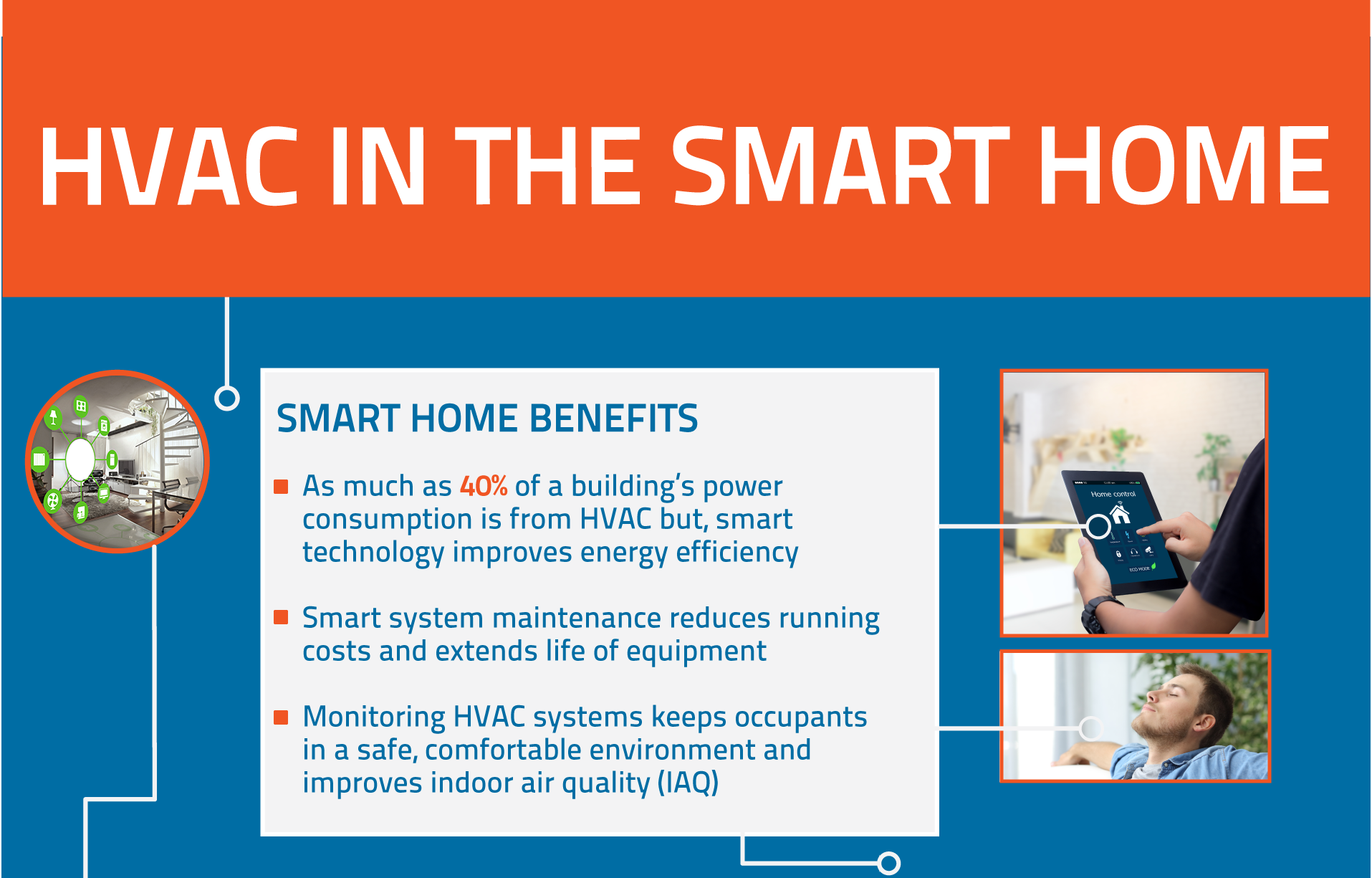Understand How To Take Full Advantage Of The Effectiveness And Longevity Of Your Heat Pump System By Avoiding Frequent Installment Challenges
Understand How To Take Full Advantage Of The Effectiveness And Longevity Of Your Heat Pump System By Avoiding Frequent Installment Challenges
Blog Article
house air conditioning Created By-Ware Rankin
When installing a heat pump, you should stay away from usual mistakes that could endanger its efficiency. Neglecting proper sizing may result in inefficiencies and greater utility costs. Disregarding insulation and sealing could lead to power wastage and stress on the unit. Moreover, placing the exterior unit inaccurately may influence its efficiency. By staying look at more info of these mistakes, you can make certain optimum working and toughness of your heatpump system.
Improper Sizing of Heat Pump
When it involves the setup of heatpump, among the most usual mistakes is incorrectly sizing the unit for your area. Making certain the best size is critical for ideal efficiency. If the heatpump is too little, it will certainly battle to warm or cool your area effectively, leading to raised power expenses and possible damage on the unit.
On the other hand, if the heat pump is also big, it will cycle on and off frequently, creating temperature level variations and reducing its life-span.
To prevent this mistake, it's vital to have a specialist evaluate your area and suggest the appropriate dimension of the heat pump based upon factors like square video footage, insulation, ceiling elevation, and regional climate. By spending the time and effort to make certain the appropriate sizing, you can appreciate a comfortable atmosphere while optimizing energy efficiency and lengthening the lifespan of your heatpump.
Inadequate Insulation and Sealing
To ensure the effective procedure of your heat pump, it's critical to address inadequate insulation and sealing in your area. Correct insulation aids preserve a consistent temperature level inside your home, decreasing the workload on your heat pump. Poor insulation can cause energy loss, making your heat pump work harder and less successfully.
Securing https://best-hvac-contractors-rep44432.snack-blog.com/30446856/a-thorough-list-for-ready-your-home-for-heat-pump-installment of gaps or leakages in your area is just as important. https://erickmjpuz.dailyhitblog.com/35947471/uncover-the-essential-factors-to-consider-for-choosing-the-appropriate-size-heat-pump-for-your-house-advertising-optimal-convenience-and-operational-performance permit conditioned air to run away and outside air to permeate in, forcing your heatpump to make up for the temperature fluctuations.
Inaccurate Placement of Outdoor System
Dealing with the positioning of your heatpump's outside device is vital to optimizing its performance. Mounting the outside device in an inaccurate place can cause performance issues and potential damage to the system.
One common error to prevent is positioning the outdoor unit as well close to a wall surface or other frameworks. This can restrict air flow, triggering the unit to work more difficult to warm or cool your space, ultimately minimizing its effectiveness and life expectancy.
Another error to avoid is putting the outdoor unit in direct sunlight. While some sunshine is inescapable, extreme direct exposure can lead to getting too hot, especially throughout hot summertime days. It's ideal to position the exterior system in a shaded location to help keep its ideal operating temperature level.
Furthermore, make certain that the exterior device is positioned on a stable and level surface. Unequal ground can trigger resonances and unneeded stress on the device, impacting its performance gradually.
Conclusion
In conclusion, preventing common blunders throughout heatpump setup is important for optimizing efficiency and long life of your system. By making certain correct sizing, appropriate insulation, securing, and correct positioning of the exterior device, you can protect against concerns such as inadequacies, enhanced energy expenses, and pressure on the system. Taking the time to address these crucial aspects will ultimately conserve you time and money in the long run.
